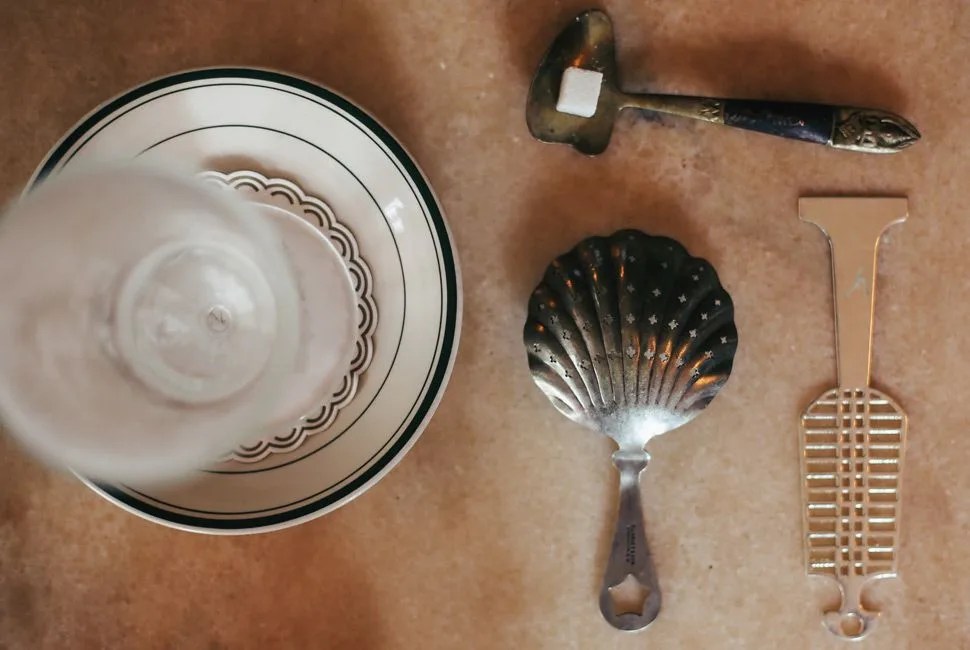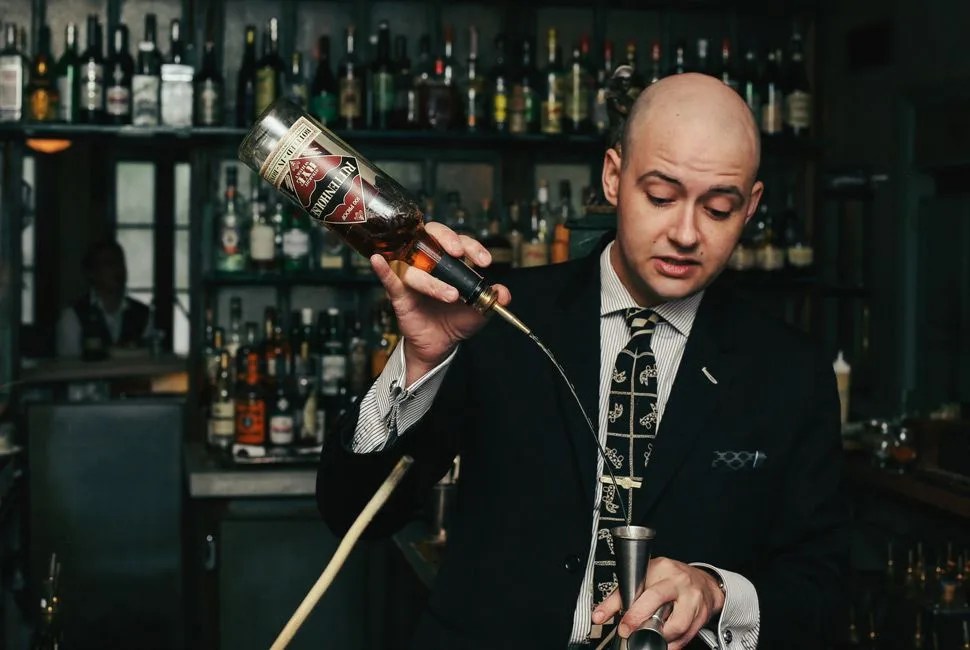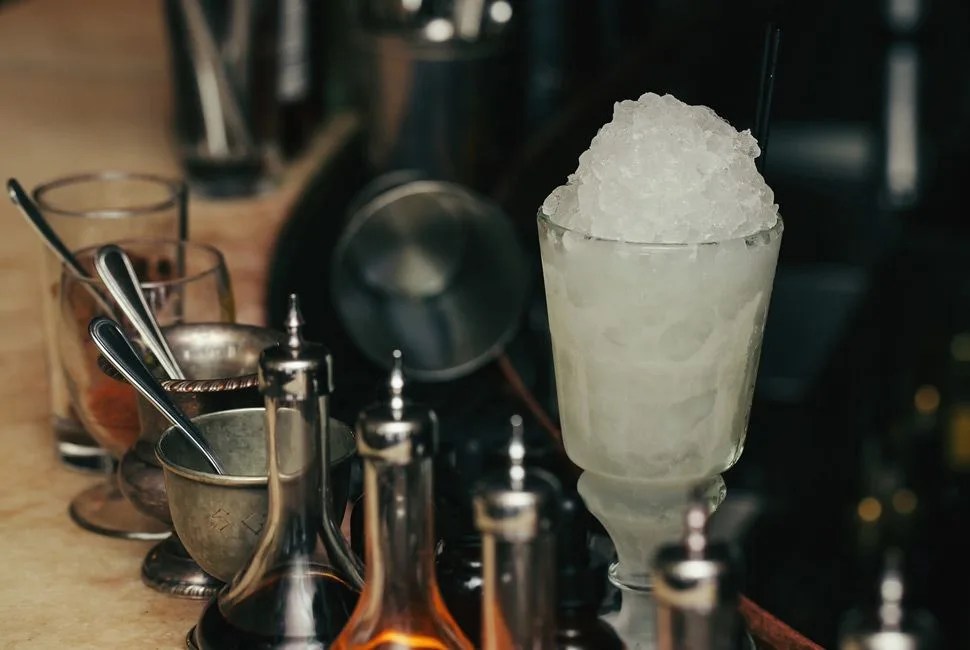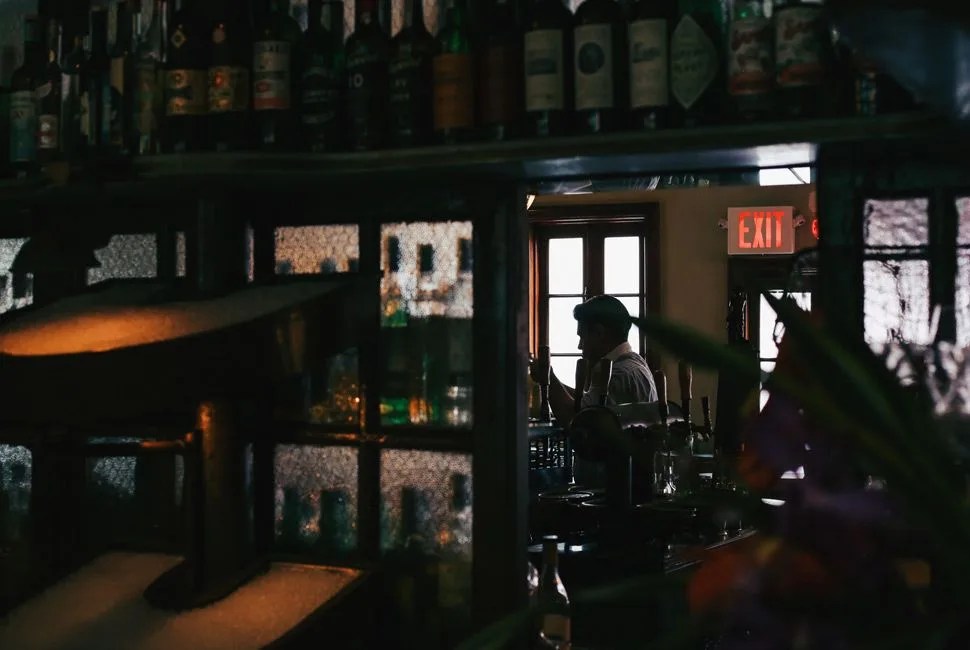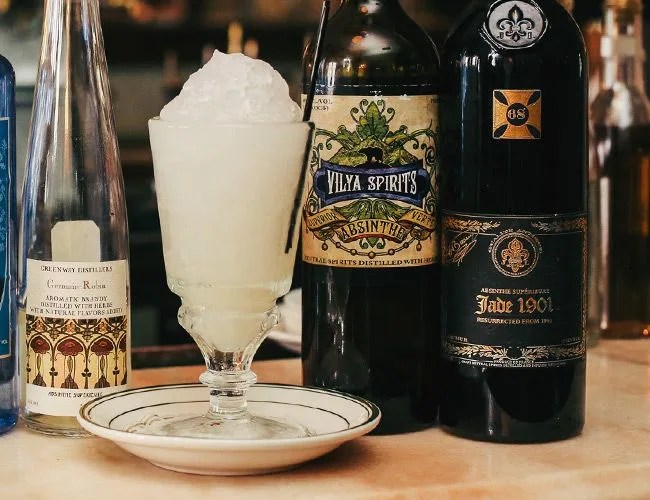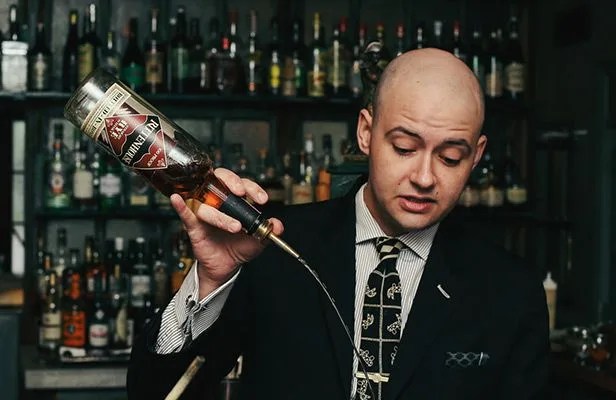13 photos
Absinthe’s history mirrors the way it’s meant to be prepared: a mix of the misunderstood and the legitimately unusual. For most of its existence, the spirit has been slandered, ostracized and, in rarer cases, revered. It’s been dragged across borders, masqueraded as other liquors, aspersed with hallucination claims and — since its ban was lifted in America in 2007 — the spirit has been secretly embracing it all.
“There’s a tradition. There’s a lure to the preparation of absinthe”, says Will Elliot, a bartender at Brooklyn’s Maison Premiere, an oyster and cocktail den with the allure of a New Orleans haunt. Absinthe, at 68 percent alcohol, is a compacted spirit. Once diluted with water, the essential oils and flavors loosen to reveal the drink’s nuances. Preparing an absinthe drink involves combining botanicals, flavors and aromatic elements, Elliot says. “It’s not the sort of spirit that you just toss back.” As for lighting it on fire, which often is brought up in discussions on how absinthe’s served, “You wouldn’t…that’s really damaging the alcohol”, Elliot says. He got behind the bar to debunk some myths and walk us through two traditional absinthe drinks — a drip and a frappe — and a new twist on an old cocktail.
Household items — slotted spoons, forks — can be used to make absinthe drinks. You don’t need specialized barware. But absinthe utensils are affordable and available at stores like Cocktail Kingdom, which Elliot suggests is a leader in absinthe paraphernalia.
Absinthe Drip
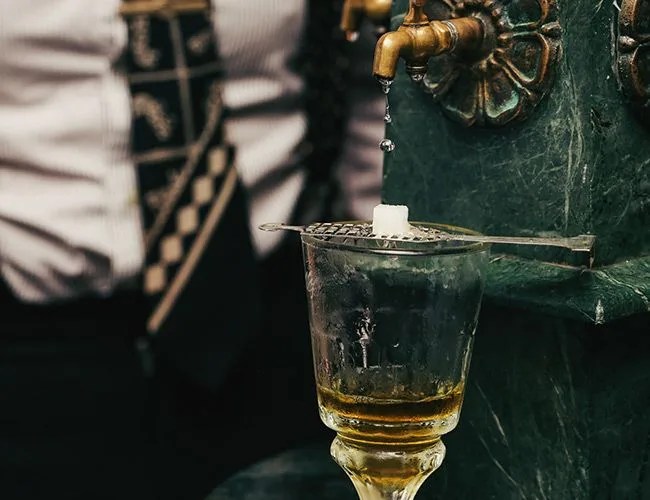
1 Get Started. A Pontarlier is small glassed chalice used for drinking absinthe. If you don’t have one, fear not. A wine glass is an acceptable alternative. Absinthe is an aromatic spirit, so basically you want a glass you can get your nose into. Measure the absinthe using the bigger end of a Japanese graduated jigger — effectively it’s just a little larger than a shot glass — and pour into the Pontarlier.


